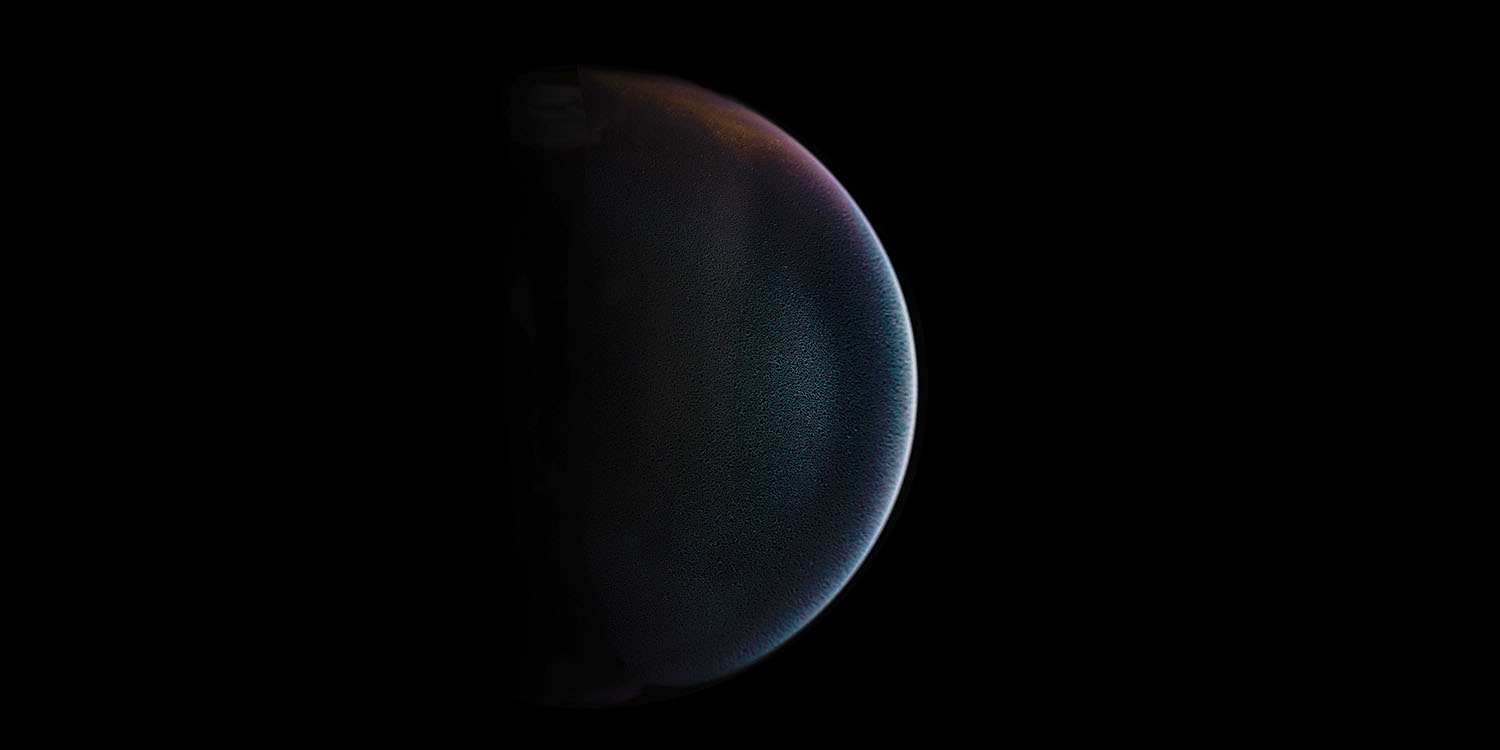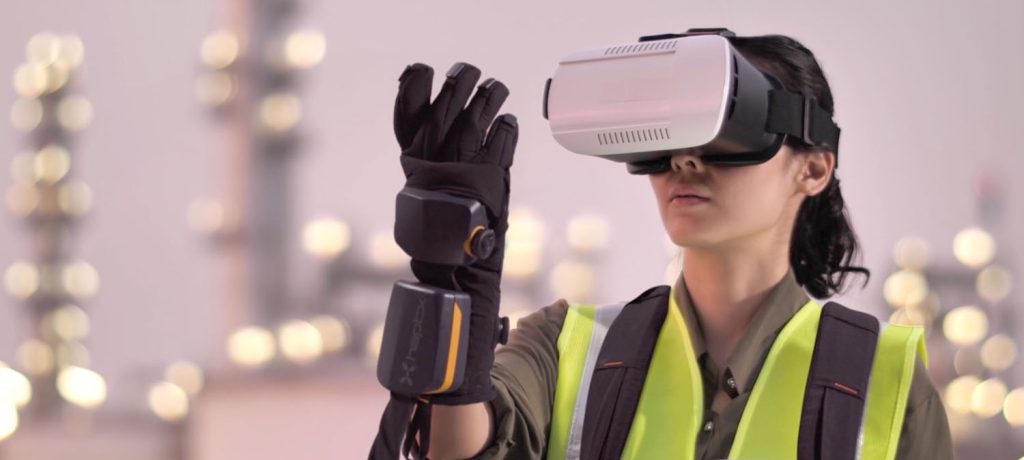
Apple has been granted a patent for an intriguing Vision Pro accessory, which is at one point referred to as a digital “stone.”
The description of the device is intentionally vague, as Apple wants to cover all potential uses, but it appears that the company sees it as a way to allow augmented or virtual reality objects to persist even after a Vision Pro session has ended …
Vision Pro accessories
We’ve already seen one Apple patent indicating that the company may be planning a number of Vision Pro accessories, ranging from fashion-oriented things like colored bands, to additional sensors to extend the capabilities of the device.
The patent says that trying to offer every feature different users might want could make the device prohibitively expensive. Additionally, it might be hard to fit every possible component into the physical space of the headset.
For these reasons, says Apple, a modular design makes sense – with some features provided by accessories that can be attached to the head-mounted device.
You can find examples of these in our earlier report.
Something AirTag-like
The latest patent (spotted by Patently Apple) describes an additional potential accessory. It’s quite a frustrating document to read, as Apple has made it so general that it’s difficult to pin down many specifics of how it might be used.
Implementations of the subject technology provide a small, portable physical object for use in an extended reality system. The system may include a device that allows a user/wearer to interact with virtual representations of content such as stored data and/or applications overlaid on the user’s physical environment. The object has a unique identifier that is obtainable by the device or another device. The object may be an inactive device without any internal circuitry, a passive device with circuitry that is activated by another device, or an active device having its own processing circuitry and/or a display housed in the body of the object.
So far, then, it’s seemingly describing something along the lines of an AirTag. You may recall an earlier report that Apple is working on a second-gen AirTag, with analyst Ming-Chi Kuo suggesting that this would in some way integrate with Vision Pro.
I believe that spatial computing is a new ecosystem that Apple wants to build, using Vision Pro as the core to integrate other devices, including AirTag 2.
A digital stone to allow AR or VR to persist
But Apple does get a little more specific in one section of the patent. It notes that a headset can create virtual objects, which of course disappear as soon as you stop using it. But this digital stone could continue to represent the object even after you remove Vision Pro and switch it off.
The systems and methods disclosed herein associate system generated and/or stored content with the physical companion device such that the association persists even when the XR components of the system are idle or powered off.
In this way, a user of an XR system can be provided with a portable companion device (sometimes referred to herein as a “stone” or a “go stone”) that can be carried with the user to transport content from the XR environment within the physical world.
The associated content can then be accessed at a later time by the same XR system when the companion device is detected by the XR system, and/or by other devices and/or XR systems when the companion device is detected by those devices and/or systems. In this way, the user of an XR system can be provided with the ability to carry content, such as a stack of digital photographs, the state of an active document or application, and/or digital currency (as examples) within the physical world for later access by various devices or systems.
Taking the photo example, imagine wearing Vision Pro to sort through photos from a trip, and creating a virtual album or collage. You could then save your creation to a stone, which you could carry with you to either resume work on it later, or pass it to someone else to view in their Vision Pro.
However, neat as this is, it’s not 100% clear to me what benefit this would offer over saving the same work on iCloud, and sharing it with others from there. If you have any thoughts on this, please share them in the comments.
But the device could be much more sophisticated
The patent does, though, go on to describe a much more sophisticated companion device. Apple talks about incorporating various tech into it, from cameras to health sensors.
The electronic device may include one or more cameras such as camera(s) (e.g., visible light cameras, infrared cameras, etc.) Further, the electronic device may include various sensors including, but not limited to, cameras, image sensors, touch sensors, microphones, inertial measurement units (IMU), heart rate sensors, temperature sensors, Lidar sensors, radar sensors, sonar sensors, GPS sensors, Wi-Fi sensors, near-field communications sensors, radio frequency sensors, etc.)
This takes us back to the more general description of Vision Pro accessories, intended to add technical capabilities.
Broader interpretations
It would also be possible to interpret some of the patent language more broadly. For example, this reference to the stone providing haptic feedback:
Rendering of a scene corresponding to the extended reality environment […] can be perceived by the user and interacted with in a real-time manner. Additionally, as part of presenting the rendered scene, the electronic device may provide sound, and/or haptic or tactile feedback to the user.
If we’re still envisaging something with a stone-like form factor, then that might suggest that it could act as a physical control – something which could be turned or pressed. But we could also interpret it more broadly. Some industrial VR systems, for example, use gloves with pressure sensors and haptic feedback to allow us to “feel” and manipulate a physical object like a baseball.

What potential applications could you see for this type of companion device? Please let us know in the comments.
Photo: Daniel Olah/Unsplash
FTC: We use income earning auto affiliate links. More.





Comments